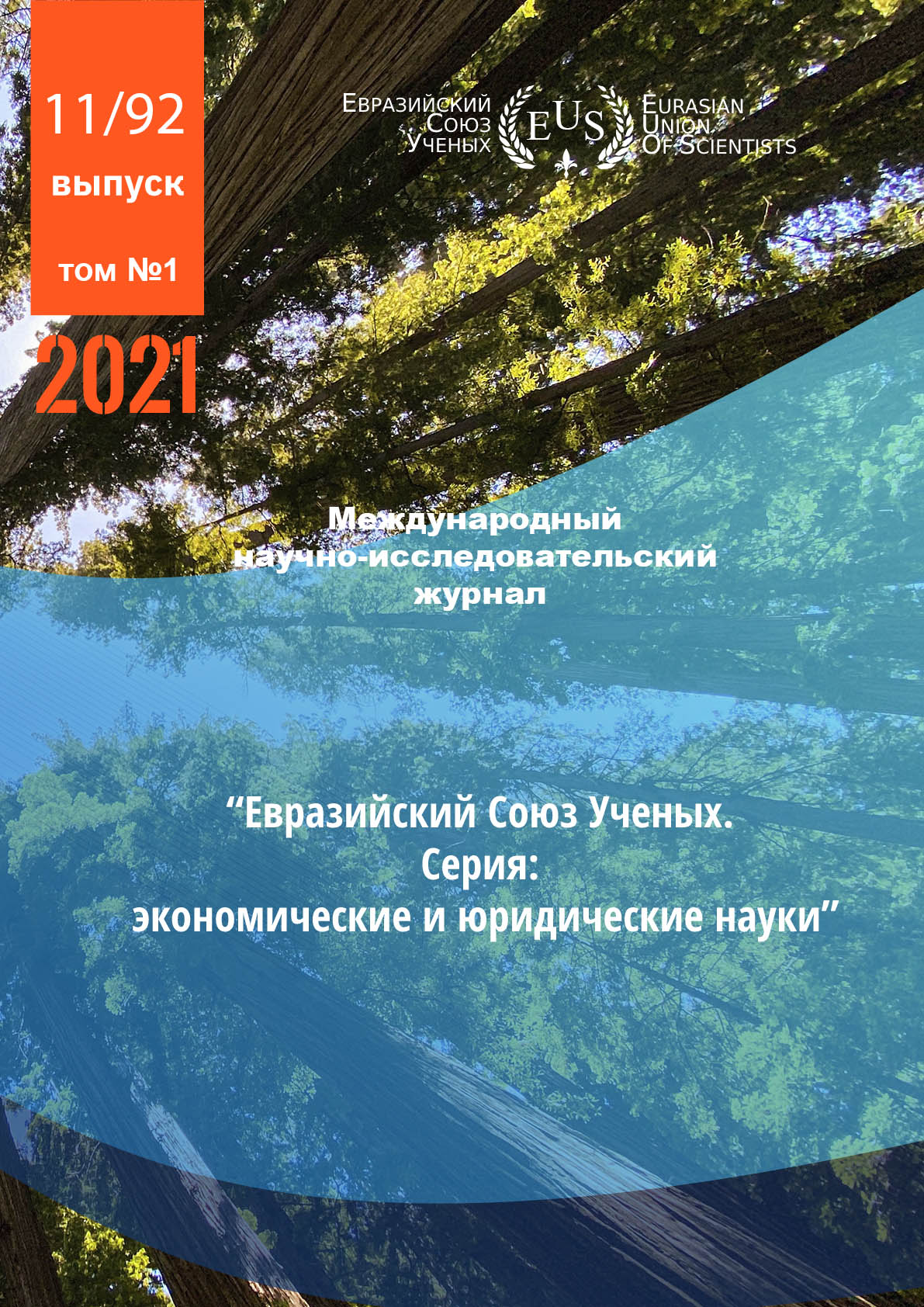PUBLIC RELATIONS EXPERTS' USES OF THE NEW MEDIA IN THEIR COMMUNICATION WORK
Abstract
Contemporary technologies have made qualitative leaps for human life in the field of information, digitization and communication. The social networks produced by the new media are characterized by several features that cast a shadow and imposed their impact on human communication with its modern means, the most important of which are interactive, non-public, asynchronous, prevalence and spread.
This study aimed to evaluate the experts' use of the new media in their communication work. Furthermore, it sought to identify the most important gratifications obtained by the experts' use of this new form of media.
References
Argenti P., Strategic Communication in the CSuite // International Journal of Business Communication, 2017. – vol. 54, 2: pp. 146-160.
Carlson C. and Cuillier D., Public Information Officers Exert Increasing Controls // Newspaper Research Journal, 2017. – vol. 38, 2: pp. 198-214.
Gaudet C. and Howett M., Communication and Technology: Ida Orlando’s Theory Applied // Nursing Science Quarterly, 2018. – vol. 31, 4: pp. 369-373.
Qandilji, A. (2015), "Scientific Research in the Press and Media", Amman: Masirah for Publishing, Distribution and Printing.
Smaldino, P., Calanchini, J. and Pickett, C. (2015), "Theory Development with Agent-based Models", Organizational Psychology Review, vol. 5, 4: pp. 300-317.
CC BY-ND
A work licensed in this way allows the following:
1. The freedom to use and perform the work: The licensee must be allowed to make any use, private or public, of the work.
2. The freedom to study the work and apply the information: The licensee must be allowed to examine the work and to use the knowledge gained from the work in any way. The license may not, for example, restrict "reverse engineering."
2. The freedom to redistribute copies: Copies may be sold, swapped or given away for free, in the same form as the original.







